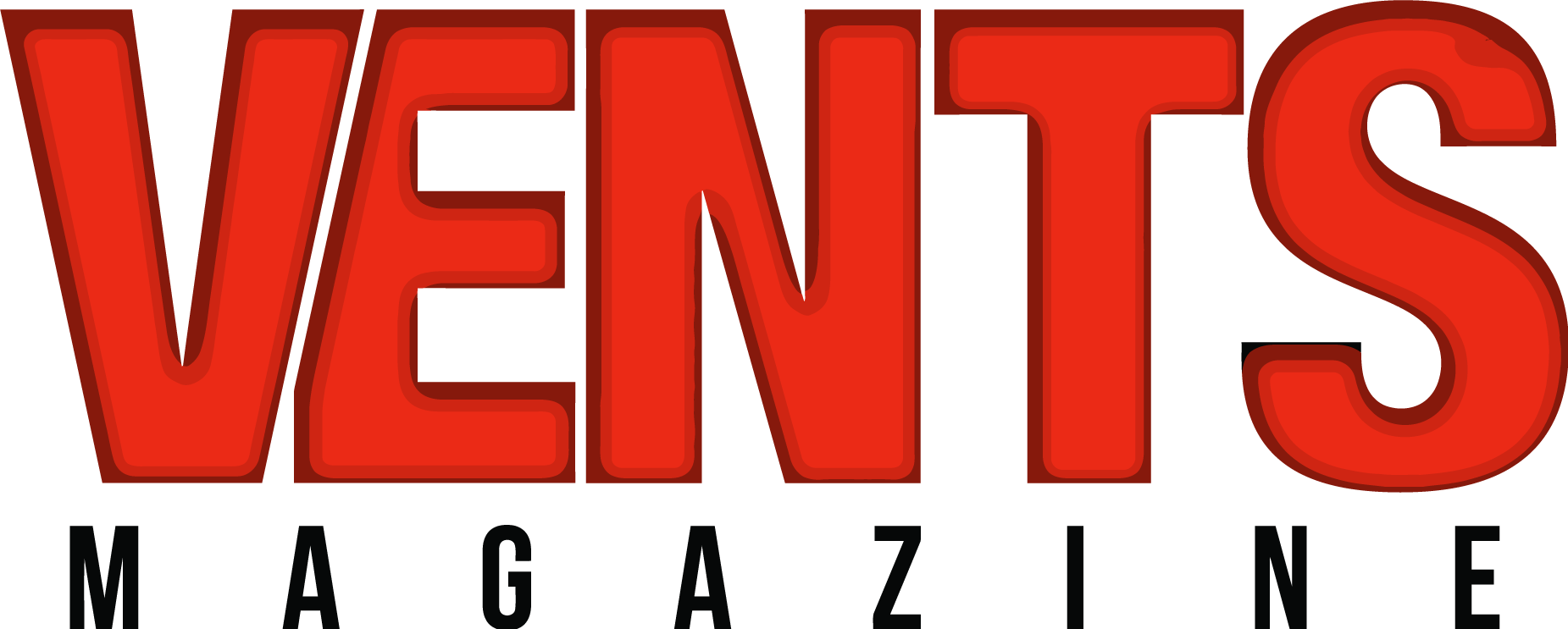
Maintaining a steady and positive flow of money often proves more difficult than expected. Whether you’re a startup owner or managing a growing enterprise, finding new ways to free up capital and reduce financial strain can make all the difference. Beyond cutting costs or increasing prices, there are lesser-known strategies that can keep your business running smoothly and even create room for expansion. Here are some hidden yet powerful ways to boost your business cash flow and strengthen your financial stability.
1. Rethink Your Assets and Depreciation
One of the most overlooked areas when it comes to improving cash flow is how your business handles its assets. Reviewing your depreciation schedules and ensuring all deductions are properly claimed can have a surprising impact on your bottom line. For instance, commercial property depreciation can be a valuable tool for businesses that own real estate. By properly accounting for wear and tear on your property, you can reduce taxable income and keep more cash available for operational needs. Consult a qualified accountant to ensure you’re not missing potential deductions hidden within your fixed assets.
2. Negotiate with Vendors and Suppliers
Strong relationships with vendors can be an excellent source of cash flow flexibility. Don’t hesitate to negotiate better payment terms, bulk discounts, or early-payment incentives. Many suppliers are willing to adjust their terms for loyal customers. Even extending your payment period by 15 or 30 days can significantly improve your short-term liquidity. Alternatively, consider forming partnerships with other small businesses to collectively negotiate bulk rates on shared goods or services, further lowering costs and freeing up funds.
3. Automate Invoicing and Follow-Ups
Late payments from clients are a common cause of cash flow issues. Automating your invoicing system can dramatically improve your payment collection process. Use accounting software that automatically sends reminders for overdue invoices and allows clients to pay online quickly. The faster and easier it is for clients to pay, the more consistent your cash flow will be. Setting up clear payment terms from the start—such as shorter payment cycles or upfront deposits—also helps prevent cash shortages caused by delayed receivables.
4. Reevaluate Subscription and Overhead Costs
Monthly subscriptions for digital tools, marketing platforms, and professional services can quietly drain your finances over time. Audit your recurring expenses and determine which tools or services are essential, which can be downgraded, and which can be eliminated. Even small savings add up when applied across multiple accounts. Additionally, review utility bills, office lease agreements, and insurance premiums annually. Negotiating or switching to alternative providers can often reduce overheads without sacrificing quality or productivity.
5. Improve Inventory Management
Holding too much inventory ties up valuable capital that could be better used elsewhere. On the other hand, running out of stock can halt operations and hurt customer relationships. The key is balance. Invest in modern inventory management software that uses predictive analytics to track sales patterns and forecast demand accurately. Here’s a handy list of the top software you can use. This ensures you’re neither overstocking nor missing opportunities to sell. Regularly review slow-moving items and consider offering discounts or bundles to clear space for higher-margin products.
6. Lease Instead of Buy
When expanding your operations or upgrading equipment, consider leasing instead of buying outright. Leasing reduces upfront costs, allowing you to preserve cash for marketing, payroll, or other essential expenses. It also provides flexibility—when technology evolves or business needs shift, you can easily upgrade without being tied to outdated equipment. While leasing might cost more in the long run, the improved cash flow and flexibility often outweigh the long-term financial difference.
7. Offer Incentives for Early Payments
Encouraging customers to pay sooner is an effective way to strengthen cash flow. Offer small discounts or loyalty points for clients who pay invoices early or on time. Even a modest incentive, like 2% off for payment within 10 days, can motivate clients to prioritize your invoice, ensuring faster cash turnover. Just make sure the discount doesn’t cut too deeply into your profit margins; the key is finding the right balance between incentive and financial return.
Final Remarks
Improving cash flow isn’t always about cutting corners or taking drastic measures. Often, the most effective strategies lie hidden within daily operations, asset management, and business relationships. When you manage your cash flow wisely, you create the financial freedom to innovate, expand, and seize new opportunities with confidence.
